
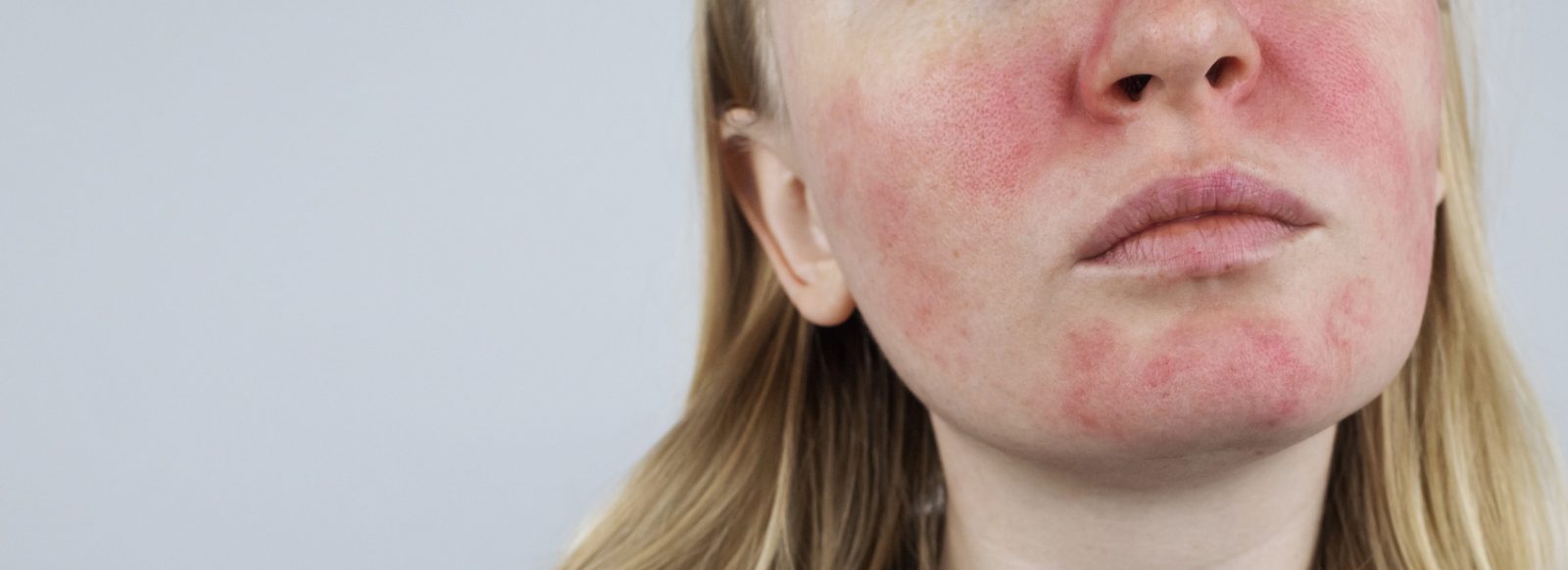
While there is no cure for rosacea and red skin conditions can be recurring, you can identify and avoid any environmental or lifestyle triggers to control and prevent flare-ups. Your GP may prescribe a topical product, antibiotics or steroids to reduce redness. Some non-surgical treatments can alleviate symptoms and redness. Mild and calming skincare products can soothe the skin and minimise sensitivity.
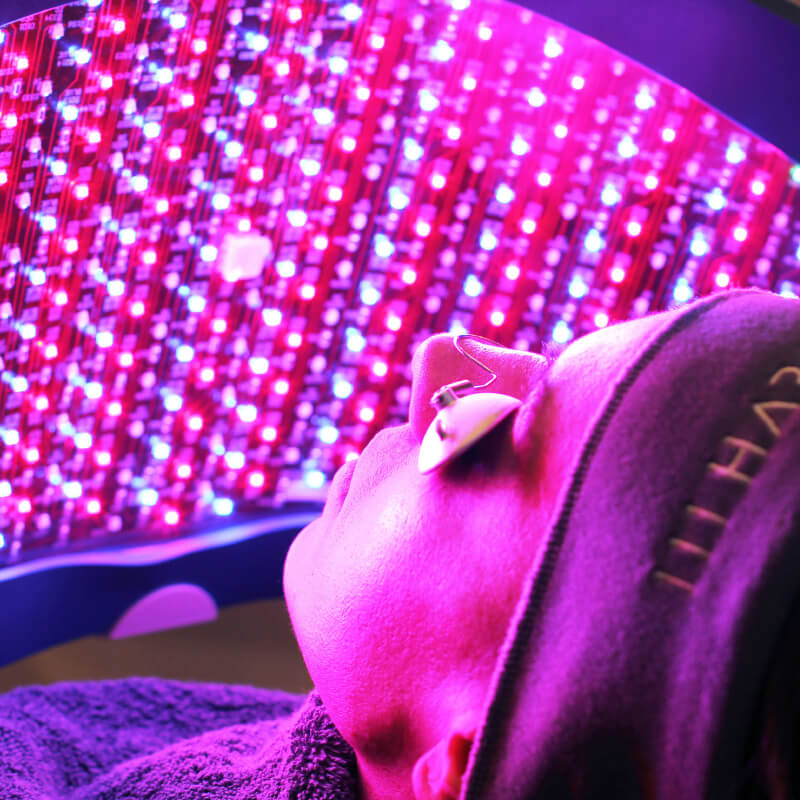
Our Celluma LED treatment at 111 Harley St. can soothe the complexion and curb the itchiness and redness associated with red skin conditions like rosacea, eczema, psoriasis, seborrheic dermatitis and perioral dermatitis. The system combines red and blue light therapy to reduce inflammation. The light energy prompts the acceleration of healing responses to repair the skin and treat sensitive skin conditions.
Celluma LED light therapy works to calm redness and inflammation by triggering the body’s natural repair mechanisms. The treatment promotes overall skin health by improving circulation and boosts your skincare regime by allowing greater absorption of skincare ingredients.
Phototherapy can alter biological activity to encourage skin cells to improve their performance and efficiency- this process can promote the body’s healing mechanisms to speed up tissue repair and fortify the skin’s epidermal barrier. In turn, this can improve inflammatory skin conditions (and their symptoms) like psoriasis and dermatitis.
LED light therapy can also kill acne bacteria to help reduce acne, while fibroblast activity synthesises collagen production to improve acne scars (and other wounds) and skin texture.
Approximately 1 hour.
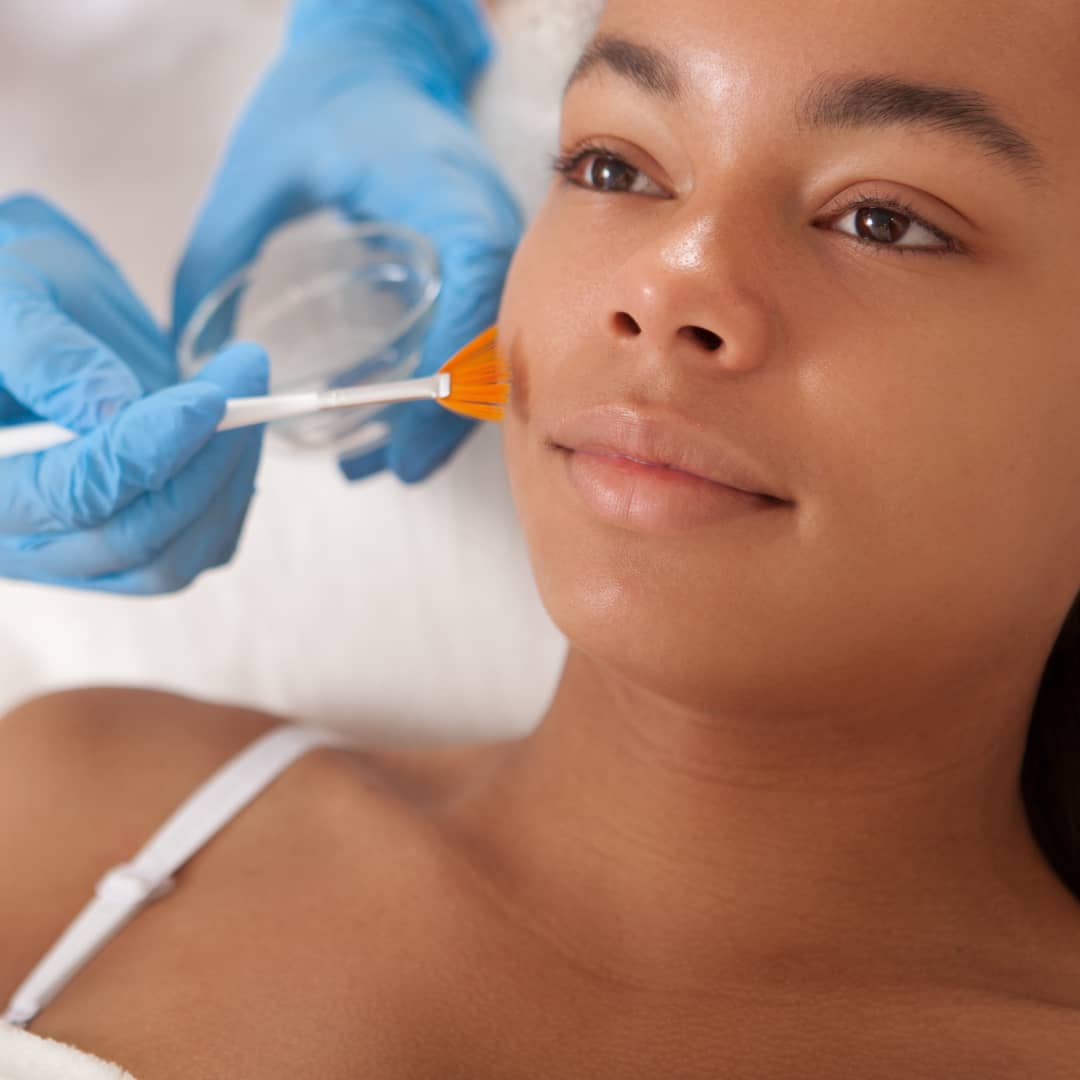
Our Enerpeel MA (mandelic acid) skin peels are suitable for helping to control rosacea and other skin redness conditions. The active ingredients within the superficial peel can suppress redness and inflammation, as well as de-sensitise the skin to enhance resilience.
The antibacterial properties within the mandelic acid can eliminate the bacteria and minimise the oily build-up of pus-filled pimples that rosacea sufferers may get. The practitioner can layer or combine peels to make them appropriate for your needs.
The treatment begins with a consultation where your practitioner will assess your skin to decipher your skin conditions and the best course of treatment.
Certain peels like Cosmelan or Enerpeel may require skin preparation with the use of at-home products in the lead up to your appointment. Your practitioner will prescribe a list of recommended products that will be suitable for you or provide you with the appropriate preparation kit.
If we’re treating you with a Cosmelan peel, we’ll require you to use a prepping de-pigmentation kit before your initial treatment to prepare your skin for the peel.
During your treatment, your practitioner will double cleanse and prepare the skin by applying a barrier cream around sensitive areas and remove all sebum to aid penetration of the acids.
Following this, we will apply the peel of choice and leave it on for a few minutes before neutralising or removing the peel. A neutraliser will prevent the acid from working on the skin, whereas a removal wipe will leave the acid active on the skin to continue improving the complexion following treatment.
Chemical skin peels are suitable for anyone who is looking for overall skin rejuvenation and an improvement in skin tone and texture. Or, those who have:
The duration of the treatment will depend on your custom needs. Some peels may be left on for longer, depending on your needs and tolerance to treatment. Typically, it’ll take around 30 minutes.
Chemical skin peels vary in strength and substance and are either superficial, medium or deep depending on your skin concerns and skin type.
The acids and other active compounds react with the skin and dissolve the outermost layers of the skin to reveal a fresher, clearer and brighter complexion. Chemical skin peels also promote collagen and elastin growth that will encourage the growth of healthier skin.

Intense pulsed light therapy targets vascular areas to address redness, alleviate inflammation and improve overall skin tone. The improvements in skin tone and redness are seen throughout several treatments. They do not cause surface-level damage to the skin, unlike other more aggressive laser resurfacing treatments.
3-4 treatments, every 6 weeks.
Each treatment can be adjusted depending on the patient’s needs and skincare concerns. The flawless treatment delivers nanosecond pulses sending controlled shockwaves into the pigmented and vascular lesions.
Potential redness, blood spots and swelling. The skin may be slightly swollen on the treated areas immediately after the treatment.
Immediately after the treatment the treated area may be slightly tender and raised. You may also see some blood spots around the treated area. The overall downtime is around 5-7 days.
Please note, all consultations are subject to the applicable consultation change or deposit.
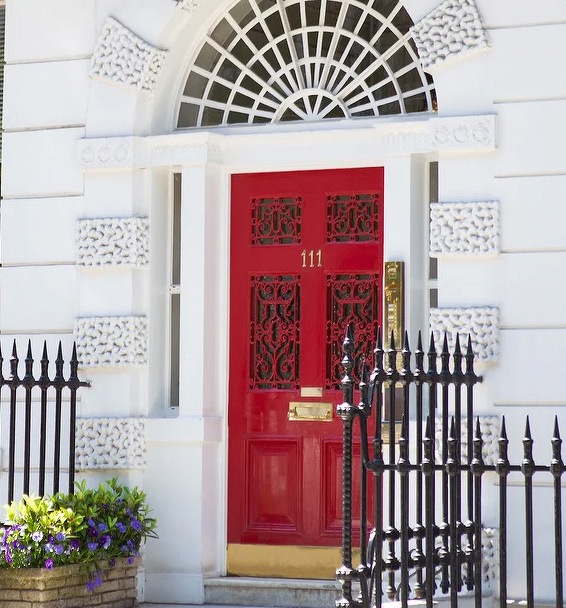

In-clinic OR Virtual Consultation
Refundable £50 deposit required to secure your complimentary
consultation, redeemable against treatment
To request a consultation, please complete this form.
In-clinic OR Virtual Consultation
Refundable £50 deposit required to secure your complimentary
consultation, redeemable against treatment
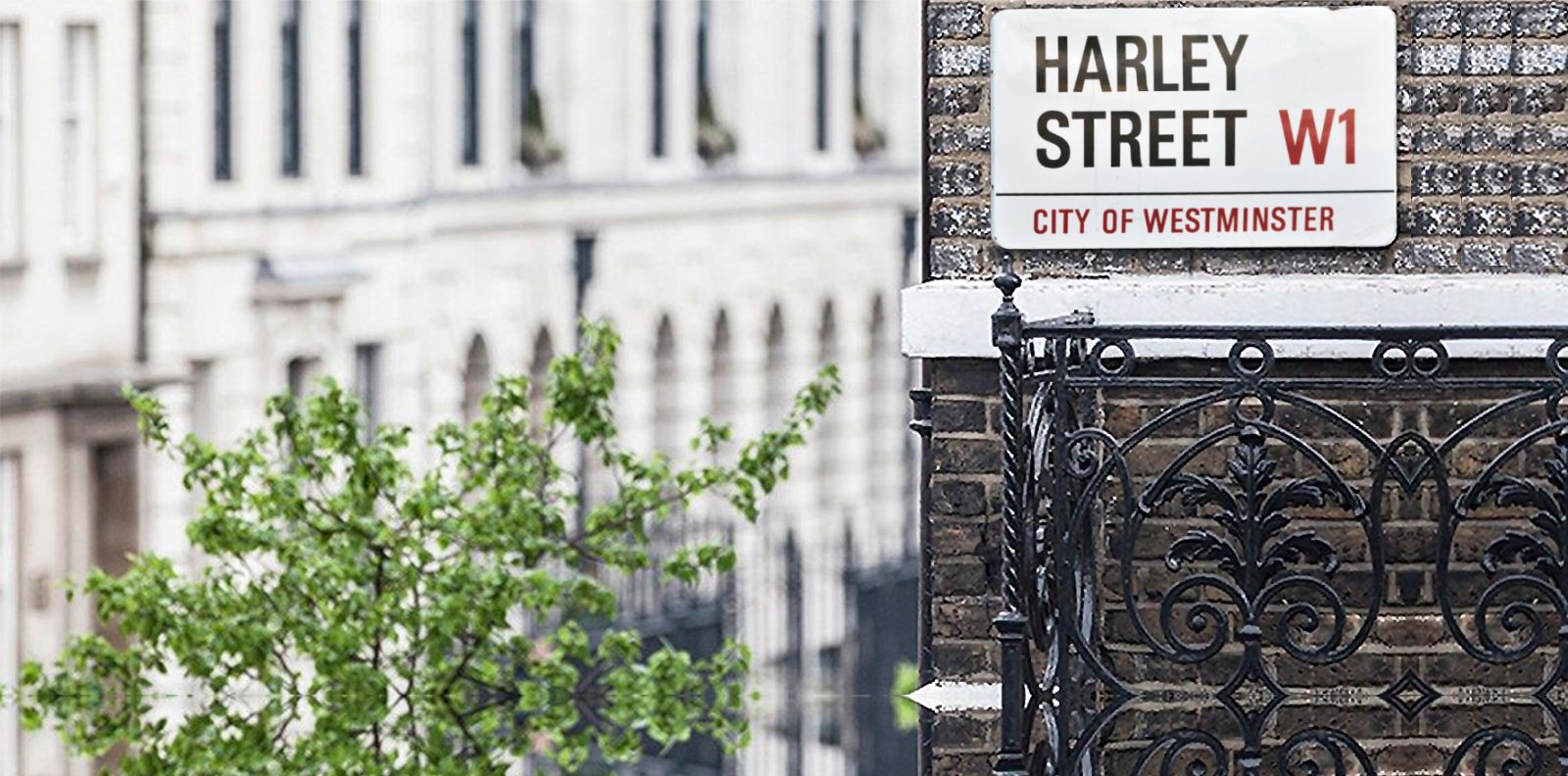
Dye-VL helped manage my rosacea!
ManosMilena is my skincare GURU!!! I would like to share my story for all those rosacea sufferers out there…. Years ago I was diagnosed with severe papulopustular rosacea. I saw four top private dermatologists in London; I was on six different antibiotics, and a one year course of Roaccutane, I also had IPL treatments and still nothing helped my condition. I was at the point that I did not want to leave my house, and that was a problem seeing my job is interfacing with clients and suppliers. A friend recommended that I have a consultation with Milena, and that was truly one of the best decisions I ever made. Milena has an incredible understanding and knowledge of skin conditions, her approach is careful and gentle and individual to each patient and she delivers fantastic results. If you see my before and after photos you would be amazed by the transformation of my skin. I can honestly say I have never looked better. I’m ever so grateful….Thank you Milena you are an Angel!
MaryannWe'd love your feedback! Please leave a review on our website and Trustpilot